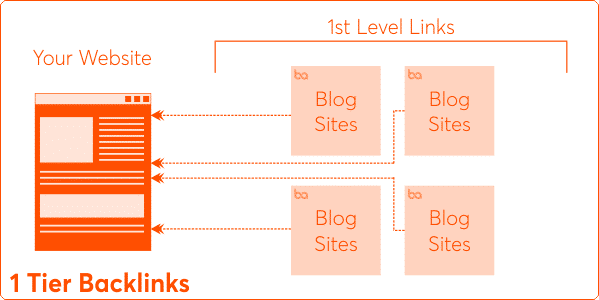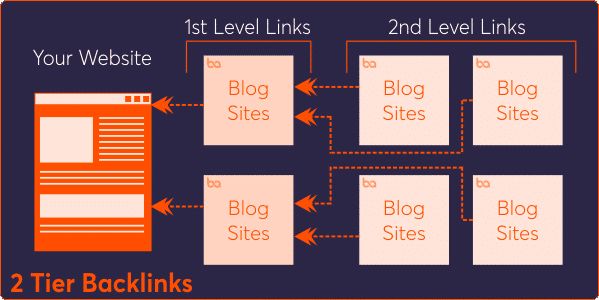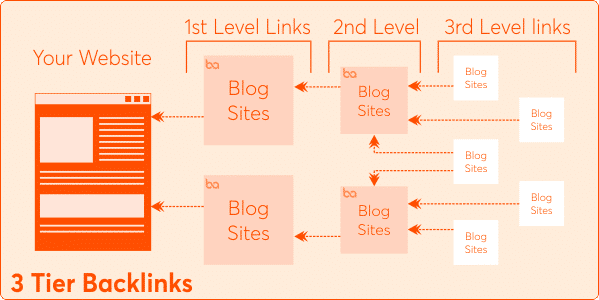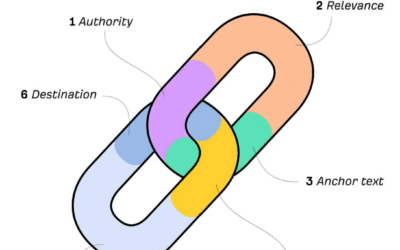Understanding Tier 1, Tier 2, and Tier 3 backlinks is essential for anyone involved in SEO and link building. These “tiers” refer to the levels or layers of backlinks in a backlink pyramid strategy. Each tier plays a unique role in improving a website’s domain authority, page authority, and ultimately, its search engine rankings.
🔍 What Are Backlinks?
A backlink is a link from one website to another. Search engines like Google consider backlinks as votes of confidence — the more high-quality links you have pointing to your site, the more trustworthy your site appears.
🔗 Tiered Link Building: Overview
Tiered link building is a technique where you create multiple layers (or tiers) of backlinks, with each tier linking to the previous one. Here’s how it works:
- Tier 1 → links directly to your money site
- Tier 2 → links to your Tier 1 backlinks
- Tier 3 → links to your Tier 2 backlinks
Each tier helps strengthen the one above it, passing link juice indirectly to your main website in a safer, more natural way.

✅ Tier 1 Backlinks: High-Quality Direct Links
📍Definition:
Tier 1 backlinks are the most important because they link directly to your main website (money site).
💡Characteristics:
- High-quality and authoritative
- Manually created or earned
- Contextual and relevant
- Safe and compliant with Google guidelines
📘Examples:
- Guest posts on reputable blogs
- Niche edits on authority websites
- Editorial links from news sites (Forbes, Entrepreneur, etc.)
- Links from .edu, .gov domains
- Backlinks from social media profiles
- Industry-relevant forums and Q&A sites (like Quora, Reddit)
- Press releases from trustworthy sources
🛑 Avoid:
- Spammy blog comments
- Irrelevant low-DA (Domain Authority) websites
🎯Goal:
Build trust, authority, and relevance directly to your website.

✅ Tier 2 Backlinks: Supportive Links
📍Definition:
Tier 2 backlinks point to your Tier 1 links — not directly to your website.
💡Characteristics:
- Medium to high-quality
- Semi-automated or manual creation
- Used to boost the authority and indexing of Tier 1 links
📘Examples:
- Web 2.0 blogs (WordPress, Blogger, Medium)
- Niche-relevant blog comments
- Social bookmarks (Pinterest, Mix, Reddit)
- Document sharing (SlideShare, Scribd)
- Video sharing sites (YouTube with link in description)
🧠Why Use Them?
Google sometimes doesn’t index Tier 1 links. By pointing backlinks (Tier 2) to Tier 1, you:
- Help index the Tier 1 links
- Pass link juice from Tier 2 → Tier 1 → Your site

✅ Tier 3 Backlinks: Indexing and Juice Boosters
📍Definition:
Tier 3 backlinks point to your Tier 2 links. These are lowest in quality but help amplify the effects of your Tier 2 links.
💡Characteristics:
- Often low-quality
- High quantity
- Mostly automated tools are used to create them
- Riskier, but safe as they don’t directly affect your money site
📘Examples:
- Spammy blog comments
- Forum profile links
- Mass social bookmarks
- Auto-generated backlinks
- Wiki links (non-editorial)
⚠️Caution:
- Use Tier 3 only if you know what you’re doing.
- These should never link to your money site.
🧱 Visual Pyramid Representation
[Your Website]
↑
[Tier 1 Links]
↑
[Tier 2 Links]
↑
[Tier 3 Links]
Each layer boosts the strength of the layer above it, which eventually benefits your main website.
📊 Benefits of Tiered Link Building
| Benefit | Description |
| 🔄 Safer SEO | Helps protect your main site by distancing low-quality links |
| 🔎 Better Indexing | Ensures your Tier 1 links get indexed in Google |
| 🚀 Improved Rankings | Boosts domain authority indirectly |
| ⚡ Efficient Use of Resources | Saves high-quality backlinks for your main site, uses lower quality ones for indirect boosts |
🚫 Risks of Tiered Link Building
- If poorly done, Google may penalize your site or de-index your backlinks.
- Automated link building can lead to unnatural patterns.
- Overdoing low-quality links may flag your backlink profile as spammy.
✅ Best Practices
| Tier | Strategy |
| Tier 1 | Use manual, contextual, high-DA backlinks |
| Tier 2 | Use mixed strategies; keep links relevant |
| Tier 3 | Use automation cautiously and in moderation |
🔧 Tools for Tiered Link Building
- Ahrefs / SEMrush – Analyze backlink tiers
- GSA Search Engine Ranker – For automated Tier 3
- RankerX / Money Robot – Tier 2 automation
- Indexing Tools – For making sure Tier 1 and 2 links get indexed
✅ Real Example (Simplified)
Suppose your money site is: example.com
- Tier 1: Guest post on authorityblog.com links to example.com
- Tier 2: A Web 2.0 post on medium.com links to authorityblog.com
- Tier 3: 100 blog comments point to the Medium post
🏁 Conclusion
Tiered link building, when done right, is a powerful SEO tactic. Here’s the key:
- Only use Tier 1 for your main site
- Keep it clean, relevant, and high-quality
- Use Tier 2 and Tier 3 to support indexing and authority building
- Never point spammy links directly to your main site
This layered approach can help skyrocket your rankings safely and sustainably when combined with solid content and on-page SEO.







0 Comments